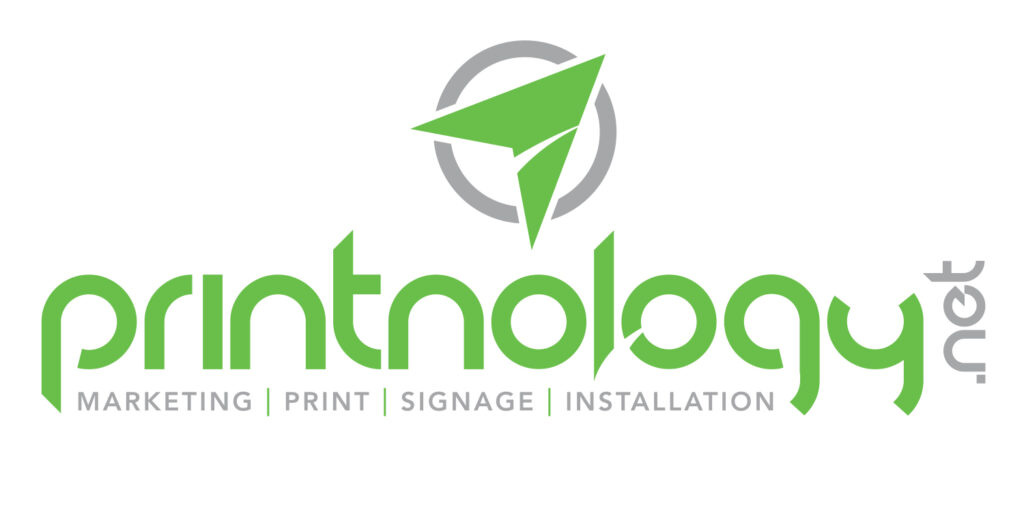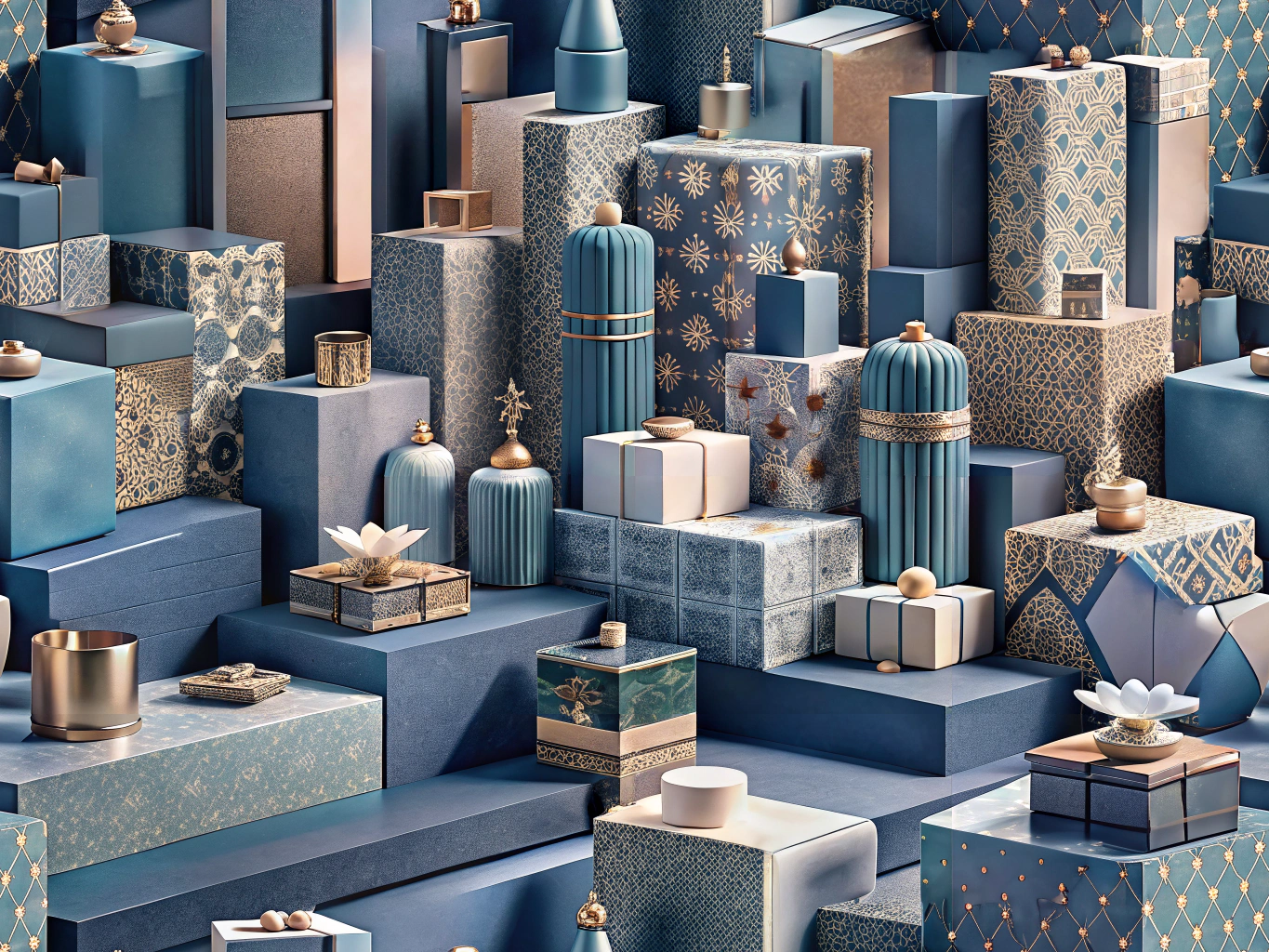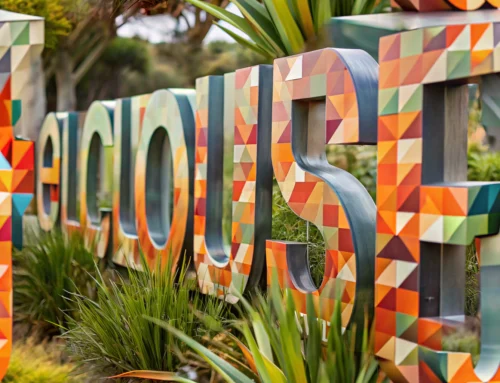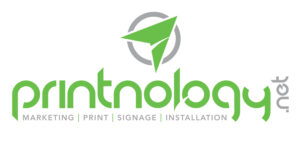Step 1: Understand Your Audience
Before diving into the design process, it’s crucial to understand the preferences and expectations of architects and designers. They appreciate minimalistic yet functional designs. Consider their aesthetic preferences and the types of projects they work on.
Step 2: Choose the Right Materials
Select materials that reflect quality and sophistication. Sustainable materials are often preferred by this audience. Consider using recycled paper, organic fabrics, or biodegradable plastics.
Step 3: Design with Precision
Precision in design is key. Use clean lines and geometric shapes to create a modern look. Incorporate elements that resonate with architectural design, such as blueprints or grid patterns.
Step 4: Add Personal Touches
Personalization can make your gift packaging stand out. Consider adding the recipient’s name or a custom message. This can be done through embossing, engraving, or digital printing.
Step 5: Ensure Functionality
While aesthetics are important, functionality should not be overlooked. Ensure that the packaging is easy to open and protects the contents effectively. Consider the unboxing experience as part of the design process.
Conclusion
By following these steps, you can create custom gift packaging that not only looks stunning but also resonates with architects and designers. For more inspiration, check out our custom signs that can complement your packaging designs.
For further reading on sustainable packaging materials, visit Packaging Digest.












Leave A Comment